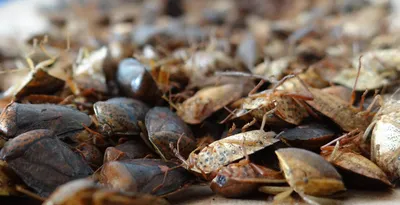
Jumiles: A Gourmet Expedition into Mexico’s Culinary Heritage
Jumiles are not only eaten but mostly venerated in Taxco Guerrero, as they are believed to be deceased relatives who come to visit.
These earthy and healthy insects are also known as “chumiles.”
If you consider tasting jumiles, I will share what you need to know before venturing into this new gastronomic challenge.
Get ready to embark on an unforgettable culinary adventure into Mexico’s ancient food tradition – the world of jumiles awaits!
What are Jumiles?
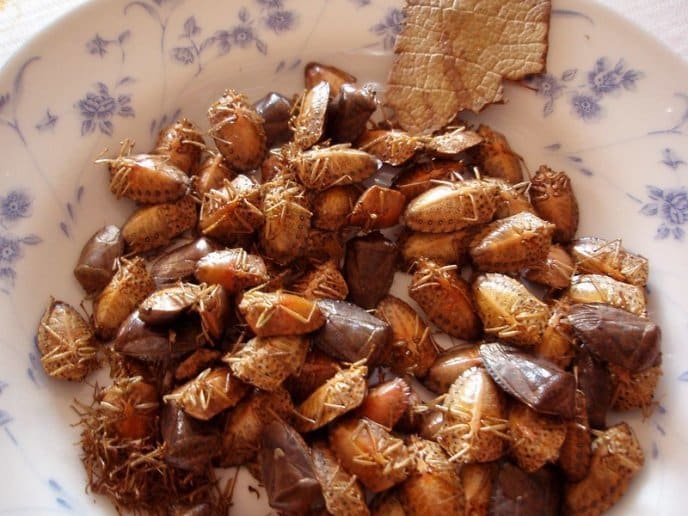
The jumil is an edible insect characteristic of America, also known as chinche de monte, xumil, or xotlinilli.
The name jumil refers to several species of Hemiptera insects of the Pentatomidae family; however, I will talk about jumiles in general.
These insects live in the mountains and are approximately one centimeter long.
Although they taste the same, it is interesting that the females are usually larger than the males.
Be prepared to get a good grip on the jumil because they can fly.
The jumil is considered food and is characteristic of the states of Morelos and Guerrero.
Although there are specific presentations for eating them, you can just pick them up from the ground and eat them alive right away.
In fact, this practice is very common in Taxco but be careful!
Doing this can make the taste somewhat unpleasant because these insects generate a substance to scare away predators.
So if you are going to try it and you see one around, grab it and eat it fast, so the taste is good.
Jumiles, an ancient tradition
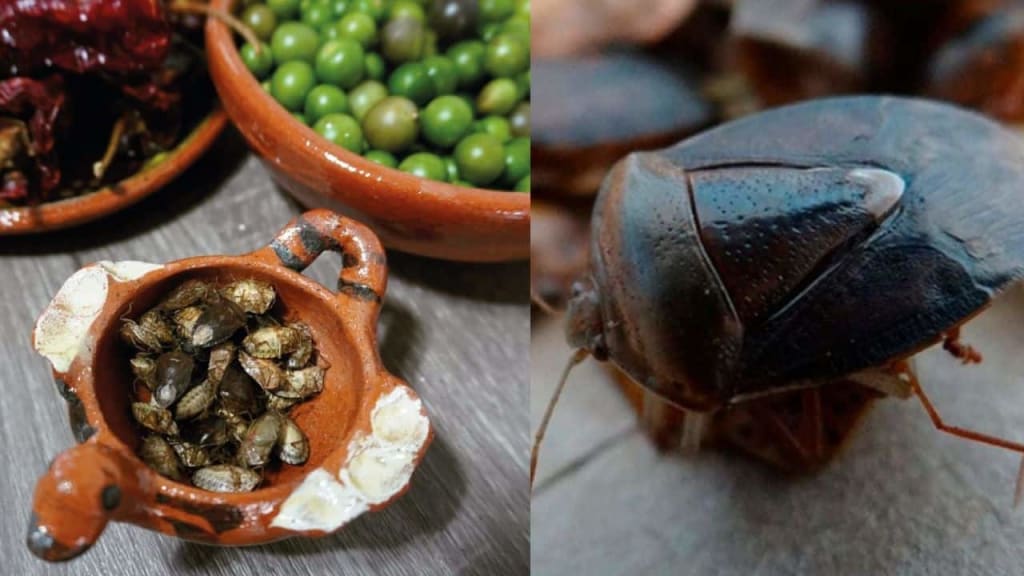
The tradition of eating jumiles is pre-Hispanic and has been maintained throughout the years.
In fact, every October, the jumil fair is held, an event where you can enjoy various recipes and dishes prepared with this insect.
If you are hesitant to try this delicacy from Taxco, then I will give you some reasons why you should consider it, although I don’t think it will help to convince you:
- Jumiles have a high protein content
- They are said to have a cinnamon flavor because they eat the stems and leaves of oak trees
- It is used for medicinal purposes as it has analgesic and anesthetic properties. So don’t be surprised if your tongue falls asleep when you eat it
- Do you want to lose weight? Well, guess what! Jumiles suppress the appetite
- Being insects, they have low cholesterol levels, so if you want to prevent cardiovascular diseases, a jumil a day wouldn’t be bad at all!
- They are said to help with blood pressure
- It contains riboflavin, thiamine, niacin, selenium, calcium, and iron. Maybe you should tell your nutritionist to include it in your diet
How to eat Jumiles
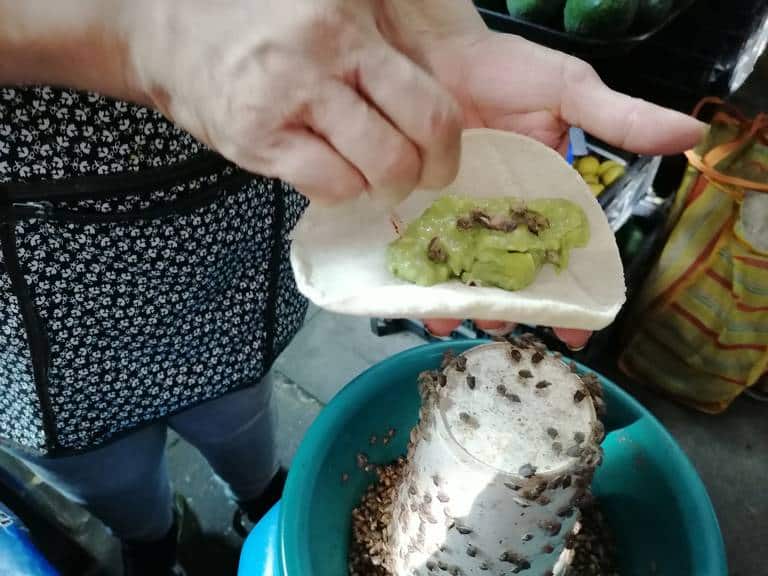
You can try them in the following ways: Raw, roasted, and ground; they can be mixed with salt and pepper and used as a powder to season food.
Ah! and the biggest challenge and the most traditional way is to eat them alive. Yes, alive!
It is very common to use jumiles to make tomato and green chile sauces; however, the preferred way is to eat them in tacos.
Where to find them
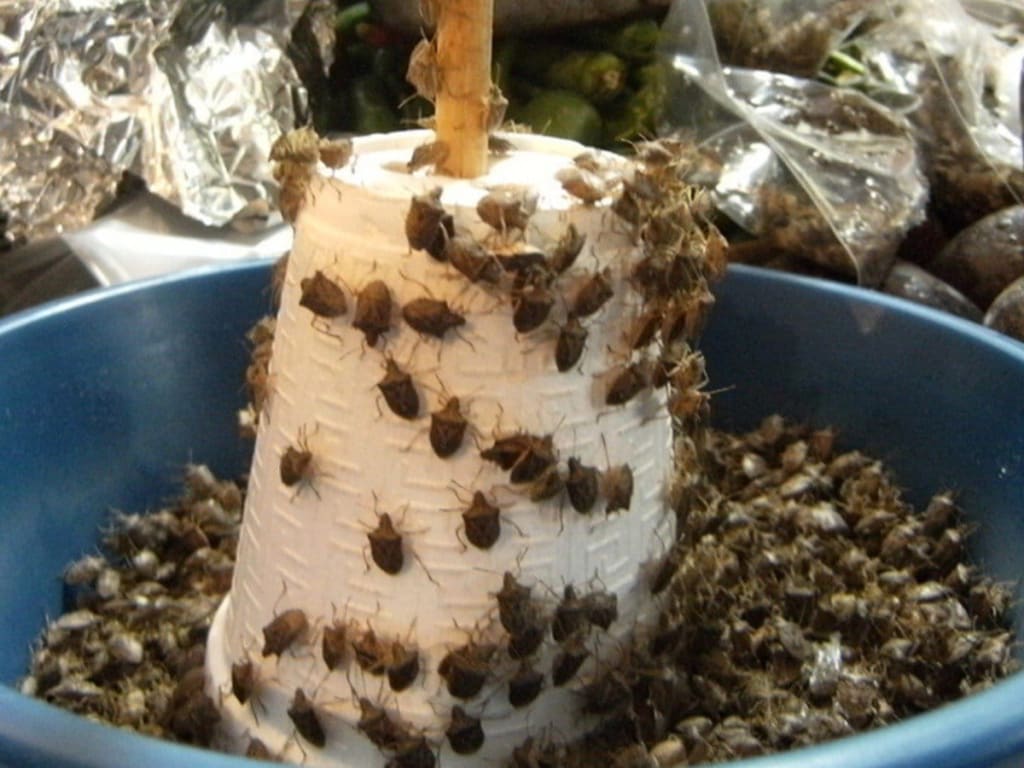
Jumiles can be tasted in Taxco’s restaurants, taco stands, and in the market with certain vendors.
The truth is that finding them in Taxco is not difficult; as I mentioned before, you might even find some on the ground. Please take the opportunity and try them!
Whether you go to a restaurant and order any dish with jumiles accompanying your food with a jumiles sauce, the reality is that it is a cheap insect compared to escamoles or mezcal worms.
The best place to buy them would be in the Taxco market, where you will find them alive and at excellent prices.
Salsa de Jumiles recipe
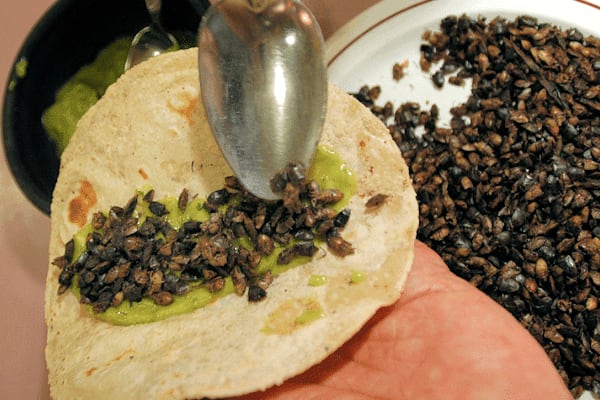
Let’s talk about the sauce recipe, which is the easiest way to eat them and the one that requires the least effort.
This way, you can buy them in Taxco and expect to return home to prepare them.
To prepare salsa de jumiles, you will need the following ingredients:
- 1 handful of live jumiles
- 15 unripe (green) tomatoes
- 3 garlic cloves
- 2 epazote leaves
- 1/4 onion
- You can add chiles if you want to make it spicy
Process:
- Grind all the portions in a molcajete, all together
That’s it. It’s that easy and fast. Get ready to taste a highly nutritious sauce with a natural hint of cinnamon.